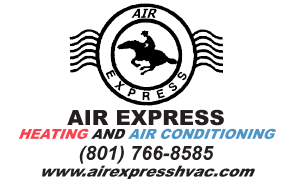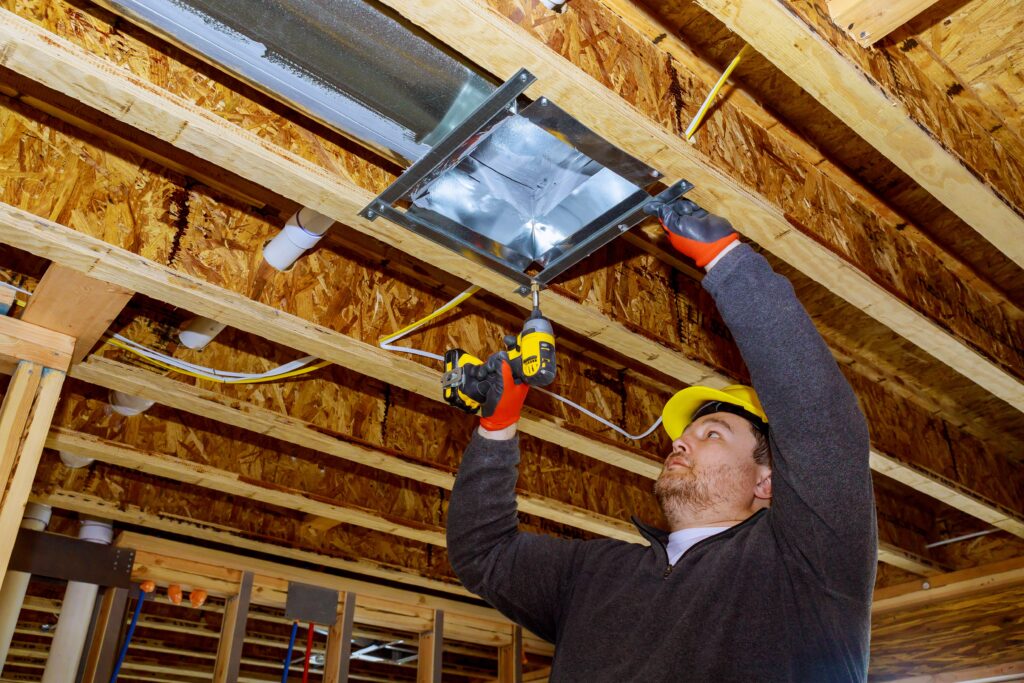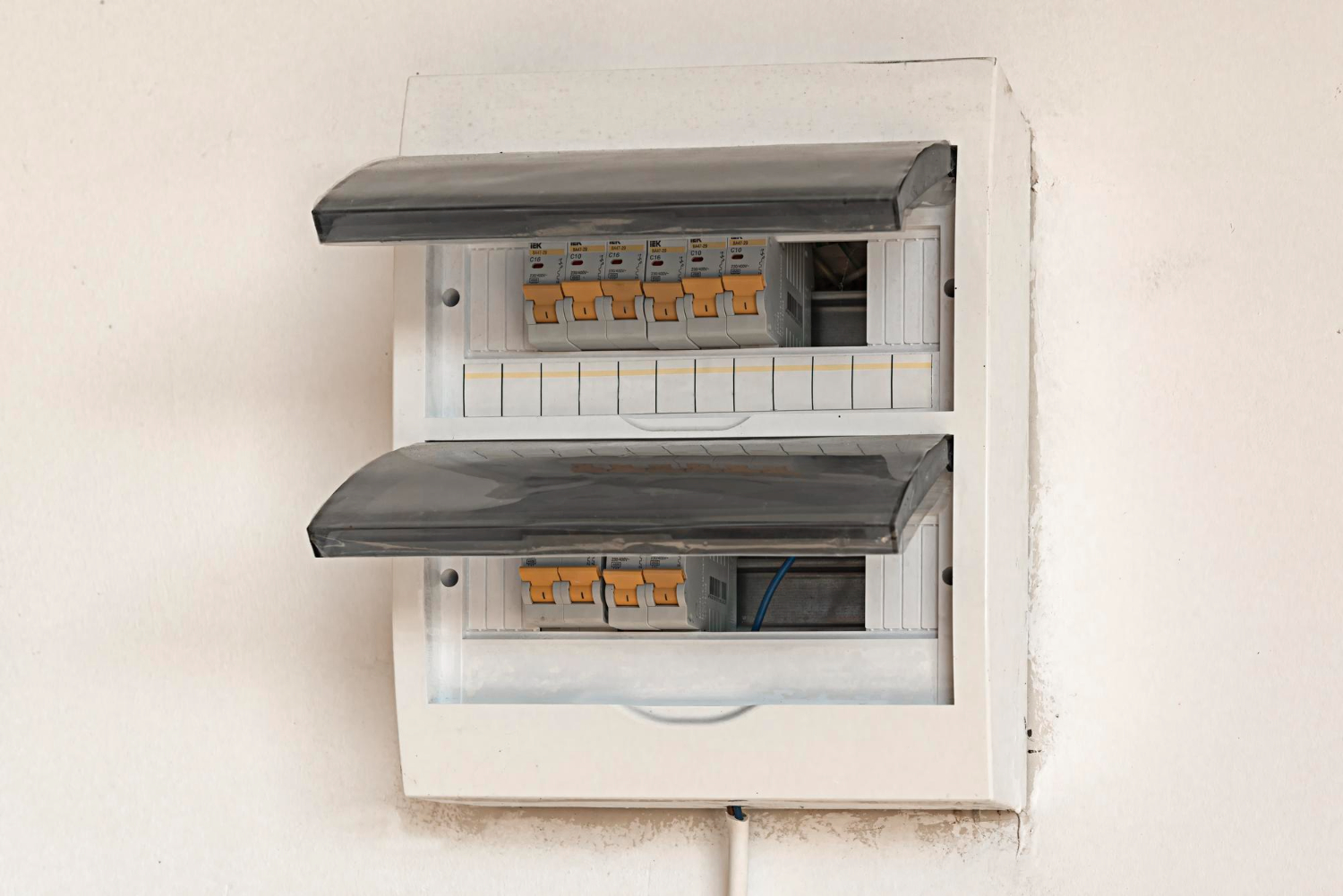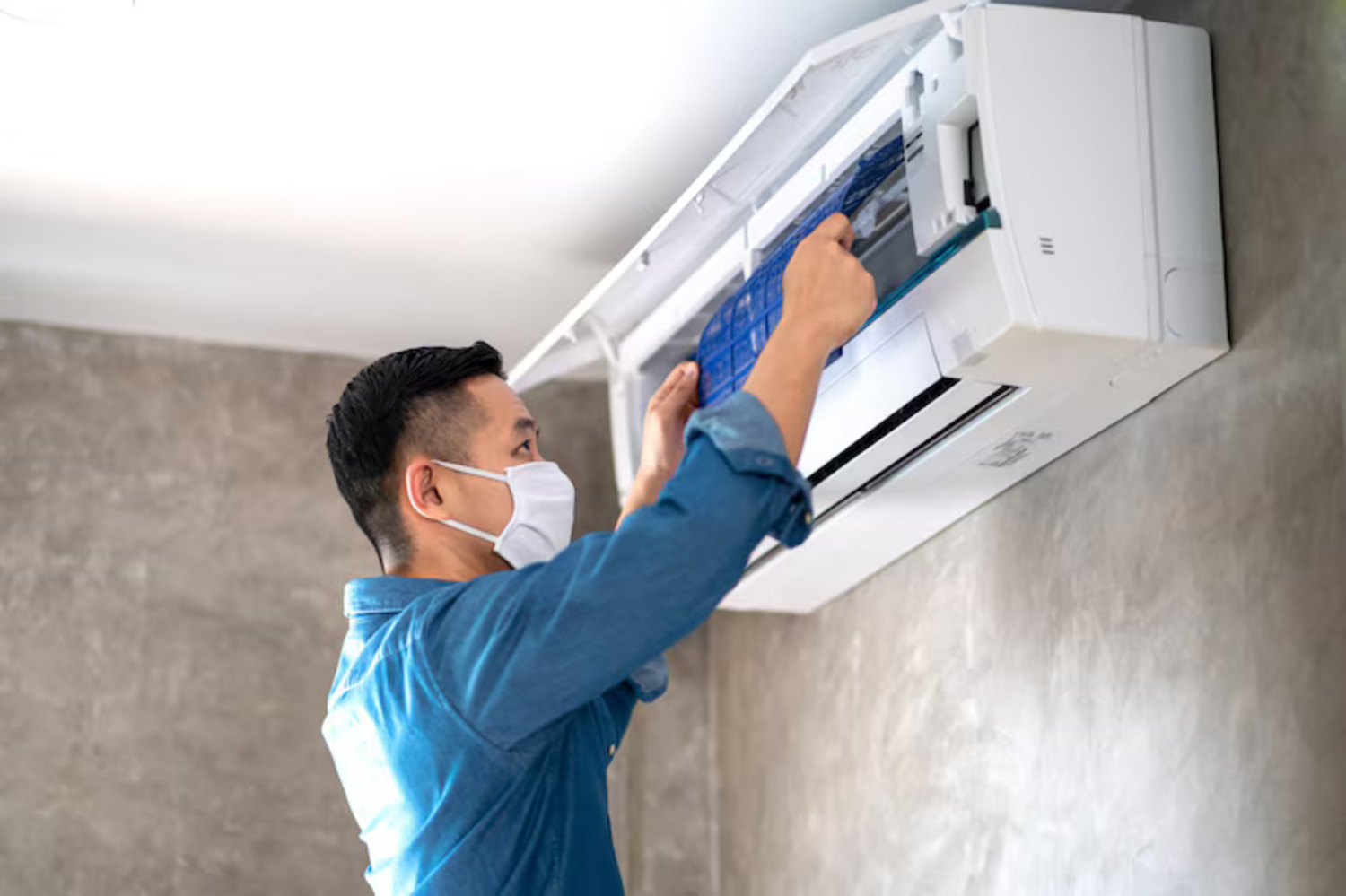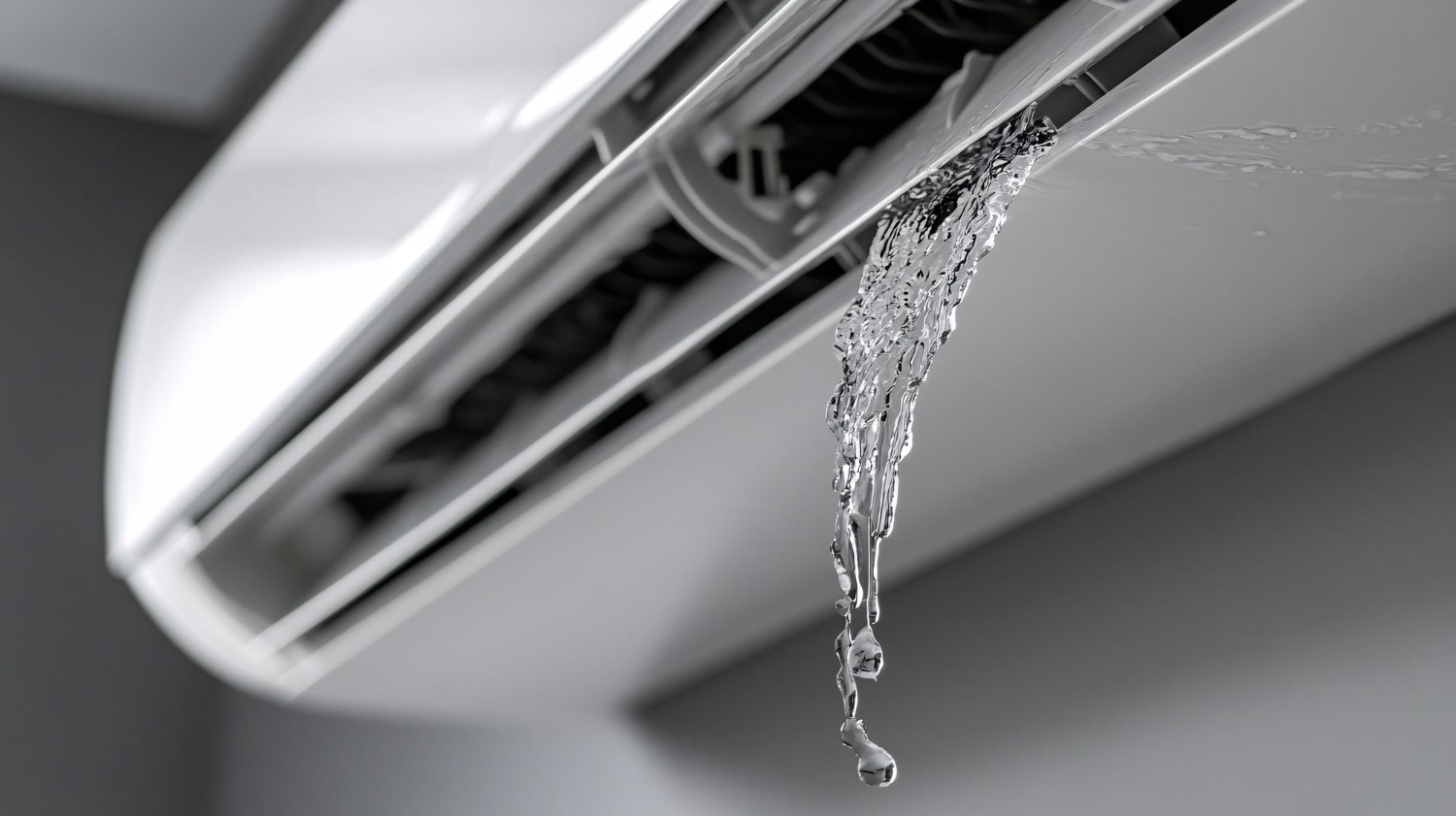When it comes to maintaining a healthy and comfortable living environment, the quality of indoor air plays a crucial role. This is especially true in various settings—be it residential, commercial, or light commercial buildings. Installing a whole home ventilation system is an effective solution that guarantees not only improved air quality but also enhances the overall energy efficiency of your property.
At our company, we emphasize the importance of understanding the basics and benefits of whole home ventilation systems. These systems are designed to remove stale indoor air, reduce moisture and pollutants, and draw in fresh outdoor air. This process is crucial for preventing the accumulation of indoor pollutants, which can affect health and comfort.
Understanding the Basics of Whole Home Ventilation Systems
Whole home ventilation systems are integral to maintaining a healthy atmosphere inside buildings of all kinds, from family homes to commercial and multifamily constructions. These systems work by continuously replacing indoor air with fresh outdoor air, which helps to remove stagnant air and pollutants from indoor environments. Our professionals understand that there are primarily two types of ventilation systems: mechanical and natural. Mechanical systems use fans and ductwork to control indoor air quality effectively, while natural systems utilize passive airflows through windows or vents which can be less reliable and consistent.
For optimal performance, we focus on installing mechanical ventilation systems that are equipped with advanced filters and humidity control devices. These systems are designed to operate quietly and efficiently, ensuring that they don’t disrupt the daily activities of the building’s occupants. By choosing a correctly sized and properly installed mechanical ventilation system, our clients enjoy enhanced air quality without compromising on energy efficiency.
Key Benefits of Installing a Whole Home Ventilation System
Investing in a whole home ventilation system offers numerous benefits that extend beyond simply improving indoor air quality. One of the primary advantages is the significant enhancement of indoor comfort. By continuously circulating fresh air, these systems help to balance indoor humidity levels, thereby reducing the potential for mold growth and other moisture-related issues. This is particularly beneficial in areas with high humidity levels or in buildings where excess moisture is a concern.
Another key benefit is the reduction of indoor pollutants such as dust, pollen, and other allergens. For families with allergy sufferers or respiratory issues, a whole home ventilation system can be a game-changer. It ensures that irritants are regularly removed from the air, making breathing easier and reducing the risk of allergy symptoms. Additionally, these systems can help eliminate odors and stale air, keeping indoor environments fresh and pleasant.
Moreover, modern ventilation systems are designed to be energy efficient. By using energy recovery ventilators (ERVs) or heat recovery ventilators (HRVs), our systems can reduce the energy needed to heat or cool incoming air, thus lowering utility bills and conserving energy. This makes whole home ventilation systems not only a health investment but also a financially savvy decision for property owners who are looking to enhance their building’s comfort and efficiency.
Step-by-Step Installation Process for Whole Home Ventilation
Installing a whole home ventilation system is a crucial step towards ensuring consistent indoor air quality and enhancing the comfort of your living or working environment. Here’s how our professionals handle the installation process:
- Assessment and Planning: The first step involves a detailed assessment of your property to determine the most effective system for your specific needs. We consider factors such as the size of your home or building, existing HVAC systems, and specific air quality concerns.
- Choosing the Right System: Based on the assessment, we select an appropriate ventilation system that suits your space and budget. Choices typically range from exhaust ventilation systems, which work great for removing stale air, to balanced systems that simultaneously remove old air and bring in fresh air.
- Installation: Our skilled technicians proceed with the installation, ensuring that every component is perfectly placed and connected. This includes ductwork, vents, and the ventilation unit itself. We meticulously follow building codes and manufacturer guidelines to guarantee the system operates efficiently.
- Testing and Calibration: After installation, the system is rigorously tested to ensure it functions correctly. We adjust settings and calibrate the system to provide optimal air flow and quality across different areas of the space.
- Client Walk-Through: Once the system passes all tests, we conduct a thorough walk-through with you, demonstrating the operational aspects and discussing maintenance tips to ensure longevity and efficiency.
Maintaining Your Whole Home Ventilation System for Optimal Performance
To maintain the efficiency and effectiveness of your whole home ventilation system, regular maintenance is essential. Here are the steps we recommend for keeping your system in top condition:
- Regular Cleaning: Ensure that all vents and air intakes are kept clear of debris and dirt. This includes checking filters and replacing them as recommended by the manufacturer.
- Annual Inspections: We advise having our professionals conduct a detailed inspection of the entire system at least once a year. These inspections can identify and rectify potential issues like blockages or wear and tear that might compromise the system’s efficiency.
- Prompt Repairs: If you notice any irregularities, such as strange noises or a drop in air quality, contact us immediately. Prompt attention to repairs can prevent larger issues and help maintain the system’s effectiveness.
By following these maintenance steps, you can significantly extend the life of your ventilation system and ensure it continues to provide a fresh, healthy indoor environment.
As leaders in air quality solutions, we understand the critical role that a properly installed and maintained ventilation system plays in ensuring the health and comfort of those in your residential, commercial, or multifamily property. If you’re considering a whole home ventilation system or have one that needs servicing, trust us to deliver professionalism and quality at every step.
Get in touch with us today to discuss how we can help you breathe easier and live better. Our experts at Air Express Heating and Air Conditioning are ready to provide you with top-notch HVAC services in Lehi, UT.
